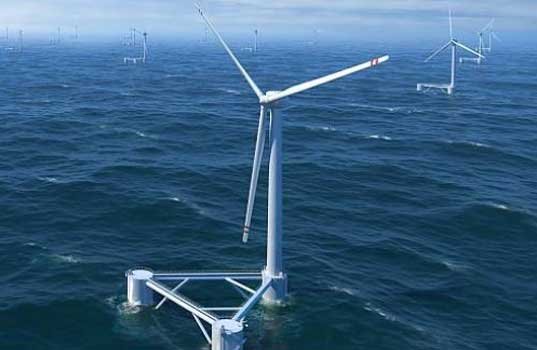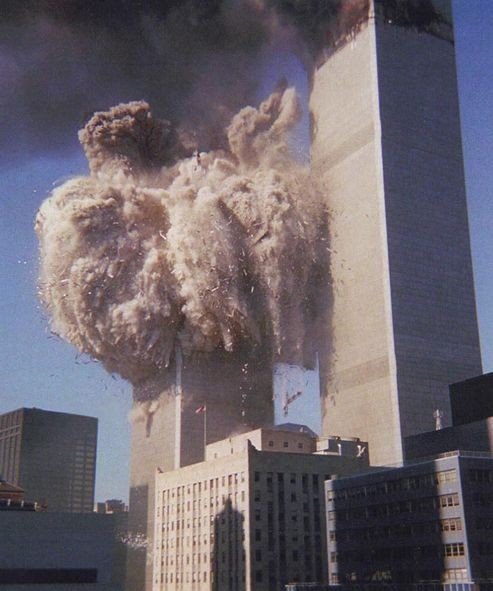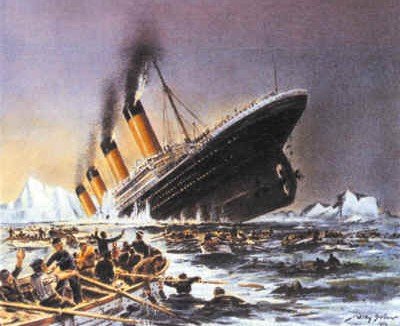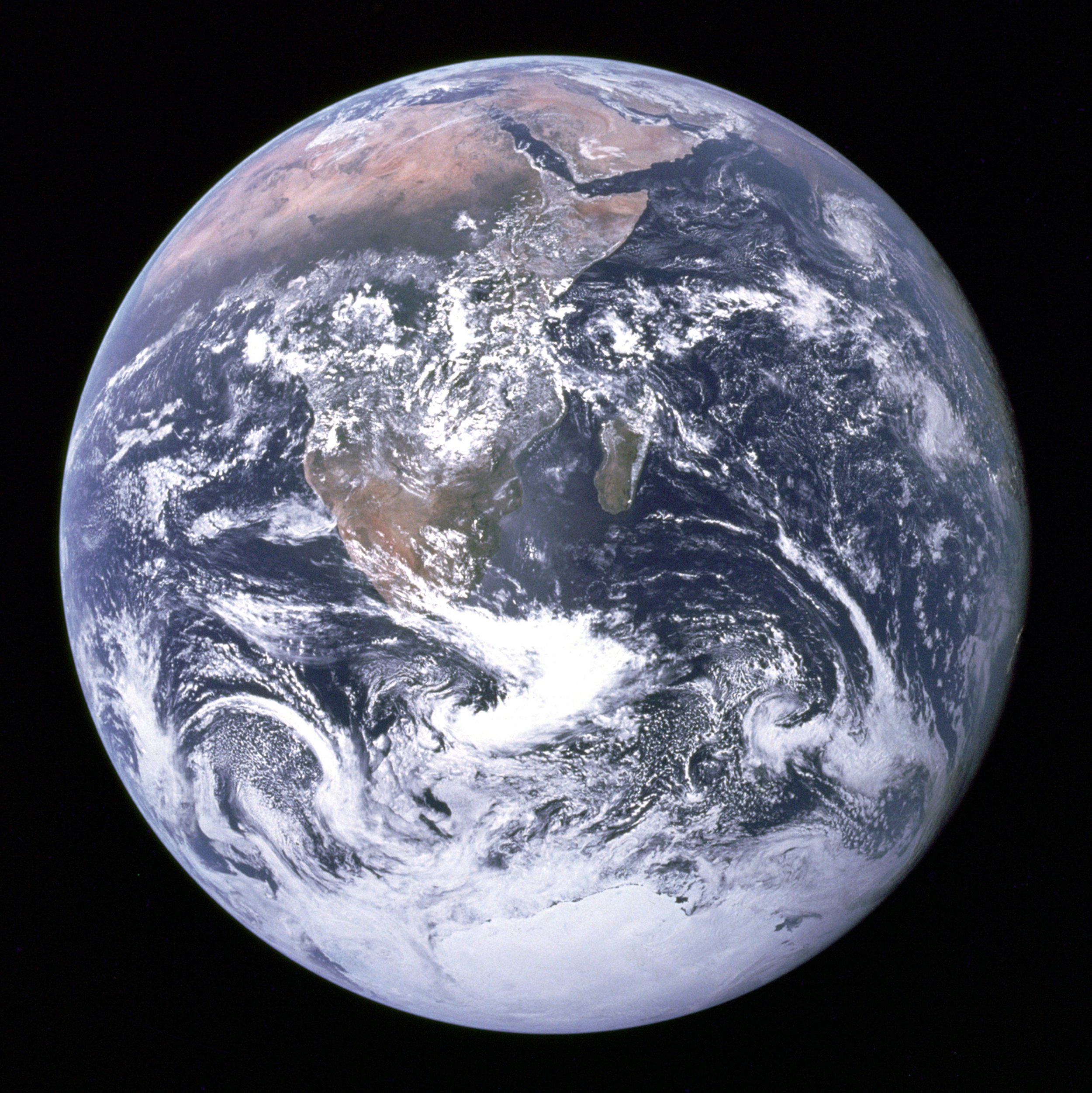I’ve been on a busier speaking circuit of late. Always about the same topic…you know…creativity. The upside to all this speech giving is I’m forced to continuously refine my thinking and find new metaphors for challenging ideas.
In the last round of preparation, I was able to articulate why the idea of “more creativity” unto itself, why more creative responses to our world, is not the panacea we sometimes name it as. Perhaps, even, as I have written about or tried to persuade people to believe.
Because creativity, unto itself, is simply the most potent force in the universe. It’s the force of all creation and destruction. Creativity is our ability to imagine and bring into being the material and immaterial worlds. And when we are more creative, we can access the seemingly impossible.
So it’s beautiful like the Roman Aqueducts, floating wind turbines, or cloud computing, and it’s horrible like the 9-11 mastermind, the medieval rack or the atomic bomb. Through creativity we access the realm of infinite possibility, and it’s literally the whole range.
Which is why creativity, unto itself, is not enough. In fact, looking out at the world, I would say we are already being incredibly creative. The range of experiences we can have right now through technology alone is mind-boggling. And the ways in which we are exploiting human and natural resources for financial gain is startlingly creative. So it is not that we live in a world lacking creativity.
It is that we live in a world lacking creativity with a moral anchor, or better said, a collective consciousness. A consciousness that considers the implications of our creations, all of them, before bringing them into being.
This is why the creativity we teach through Creative Ground is as much about accessing the extraordinary creative power we all innately have as it is about developing our collective consciousness. This is why all of the experiences, retreats, and workshops we design to build fluency in creativity focus first on ourselves, since expanded self consciousness is the first gateway to a collective one.
What does a collective consciousness look like? I offer a fable that has deep relevance for our lives and choices today. It’s the story of the Titanic, which was officially launched 100 years ago last month. The staff and crew of the Titanic, on its maiden voyage from England to America, were narrowly focused on meeting the needs and wants of its elite passengers. Indeed, some first class ticket holders paid the equivalent of $100,000 in today’s dollars for the one-way passage to New York.
While the radio operators of the ship were busy forwarding messages through to its many important passengers, prioritizing their needs and wants, and while the captain was focused on getting to the destination as quickly as possible to meet passenger expectation, the messages coming in from other ships warning about the icebergs ahead never got through. Nearly two-thirds of the Titanic’s passengers were lost that night, but those with the least resources died in greatest number. In fact, while none of the children in 1st class died, all 52 of the children in 3rd class perished.
In the end, this fixation with the first class passengers’ needs and wants blinded the crew responsible for servicing them to the importance of the ship itself. The fixation parallels our world today with all of the priority going to meet the needs and wants of the developed nations in massive disproportion to everyone else, all of it impacting our own planetary ship.
The messages we get about her are dire. The oceans are losing the bottom of their food chains, the melting of the polar ice caps are dramatically effecting ocean levels, currents and climate, and we’ve just heard that we now need 1.5 earths to sustain our resource demands on the planet into the future.
With a collective consciousness, we see that we are the passengers, we are the crew and we are even the ship. As the passengers, we must look at our needs and wants and measure them against the escalating crisis. And as the crew, as the corporations servicing our every need and want, we must integrate a higher, more complex aspiration into our company business models that includes not just fulfilling customer demand, but also sustaining the health of the ship. In fact, choosing a higher aspiration is what harnesses the greater creative capacities of all our employees and, at the same time, ensures the longevity of our companies, and customers, for many years to come.
And as the ship, well, we show signs of toxicity, illness and disease, both the earth itself and the humanity that feeds on her. Without a healthy ship to carry us safely to the next shore, all of this fantastic creative potential of ours, all this seeking to create the next amazing, mind-bending thing, becomes a solidly moot point.




